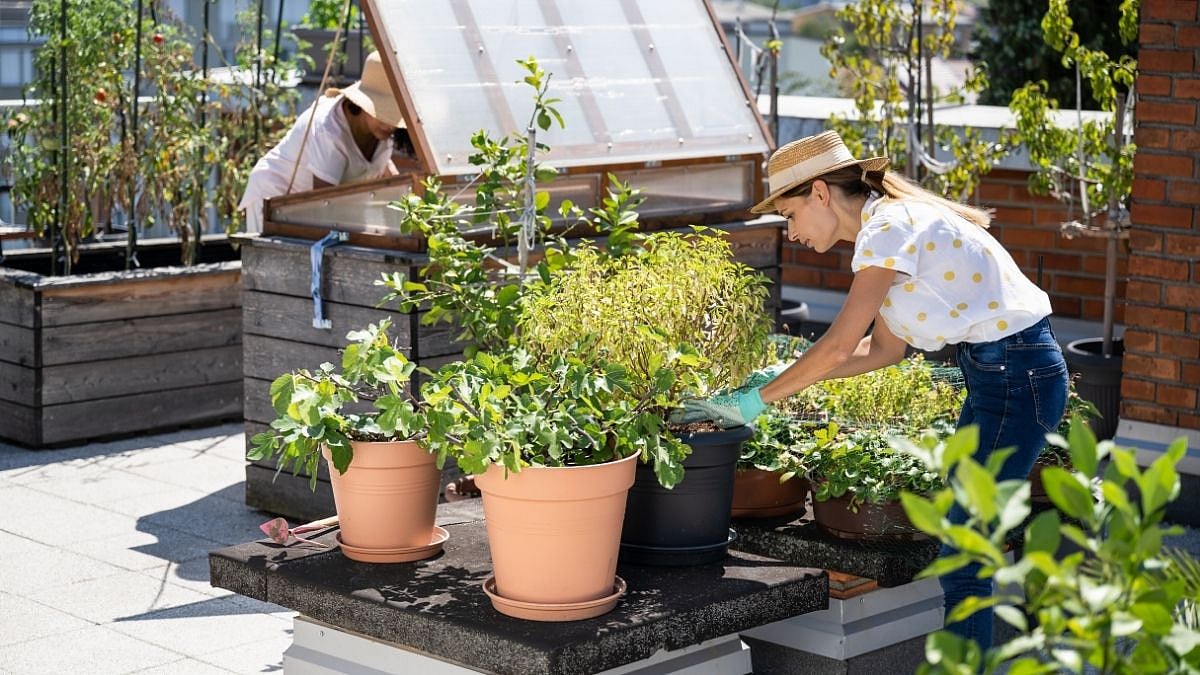Gardening: Why Native Plants Are Taking Root In Local Yards Around The Globe
Discover how native gardens worldwide support wildlife, conserve water, and enhance climate resilience

Across the world, homeowners, landscapers, and community gardeners are rethinking their choices of what to plant. Instead of relying solely on showy imported ornamentals, more and more people are turning toward native plants—species that have evolved naturally in a particular region over thousands of years. What was once seen as a niche movement embraced mainly by ecologists is now going mainstream, transforming suburban yards, urban rooftops, and even public parks.
Global gardening shift
From the drought-prone suburbs of California to the rain-soaked villages of India, a growing awareness of climate change, biodiversity loss, and water scarcity is prompting gardeners to reconsider their plant palettes. In Australia, local councils now encourage homeowners to use native eucalyptus, bottlebrush, and grevillea to create resilient, wildlife-friendly gardens. In Europe, residents are planting wildflowers such as cornflowers, poppies, and oxeye daisies in place of thirsty lawns. Even in bustling cities like New York, Tokyo, and Nairobi, rooftop gardens filled with native grasses and shrubs are becoming symbols of sustainable living.
The appeal is simple: native plants are uniquely adapted to their home environments. They require less water, fewer fertilizers, and minimal pest control compared to many exotic species. That makes them a smart choice for homeowners who want beautiful, low-maintenance gardens that also support the environment.
Ecological benefits
Perhaps the most compelling argument for native planting is its impact on biodiversity. Insects, birds, and pollinators rely heavily on native flora for survival. A monarch butterfly, for example, depends on milkweed species native to North America to complete its lifecycle. In many parts of the world, pollinator populations are in steep decline due to habitat loss, pesticide use, and urban expansion. By planting natives, gardeners essentially rebuild small pockets of habitat that sustain local food webs.
Dr. Anika Mehta, an ecologist based in Delhi, describes it as “rewilding our own backyards.” She notes that when people plant imported ornamentals like petunias or hybrid roses, pollinators often can’t use them as a food source. “A yard filled with native plants is more than decoration,” she explains. “It’s a lifeline for bees, butterflies, and birds.”
Climate resilience
Native species also play a crucial role in adapting to climate extremes. In arid regions, drought-tolerant plants such as South Africa’s aloes or America’s desert sage thrive with little supplemental watering. In flood-prone zones, native wetland plants like reeds and rushes can absorb excess water and reduce storm damage.
This adaptability reduces the need for chemical inputs. Lawns and exotic gardens often require fertilizers, pesticides, and frequent irrigation to stay green. Native gardens, on the other hand, maintain themselves with little intervention, cutting costs for homeowners and reducing pollution in waterways.
Cultural roots
The global embrace of native gardening is not just ecological but also cultural. Many indigenous communities have long cultivated relationships with native plants, using them for medicine, food, and spiritual practices. Modern gardeners are rediscovering this wisdom.
In Canada, First Nations groups are working with municipalities to restore native prairie grasses and medicinal herbs in public landscapes. In Japan, traditional satoyama landscapes, which balance wild vegetation with human cultivation, are being revived as models of biodiversity-friendly land use. Even in the Middle East, where imported palms once dominated urban landscaping, cities are rediscovering hardy desert natives like ghaf trees, which require far less water.
Aesthetic reimagining
For decades, gardening trends favored uniform lawns and exotic ornamentals. Now, the aesthetic is shifting. Native plant gardens, once dismissed as “weedy” or unkempt, are being celebrated for their natural beauty and seasonal diversity. Designers are finding creative ways to combine natives into formal landscapes, blending ecological responsibility with elegance.
“People are realizing that a wildflower meadow can be just as stunning as a manicured lawn,” says landscape designer Javier Ruiz in Madrid. “It’s about changing our perception of beauty.”
Challenges and opportunities
Despite the growing enthusiasm, the native plant movement faces hurdles. Many garden centers still stock mostly non-native ornamentals because they are more widely known and demanded by consumers. Education is key: workshops, community gardens, and demonstration projects help people see the benefits firsthand.
There are also debates about how strictly “native” should be defined. Some gardeners advocate for hyper-local species found only in their exact region, while others take a broader view, including plants from similar climates. The consensus, however, is that any step toward reducing reliance on exotics is a positive one.
Planting the future
The rise of native gardening reflects a broader cultural shift: people want their personal choices to contribute to global solutions. By rethinking something as simple as what grows in a backyard, individuals can make a meaningful difference in biodiversity conservation, water use, and climate adaptation.
ALSO READ
It is, in many ways, a hopeful story. Amid headlines of environmental crises, the sight of a yard buzzing with bees, alive with birdsong, and brimming with plants that truly belong offers a reminder that change can start small—and grow, quite literally, from the ground up.
RECENT STORIES
-
-
-
-
-